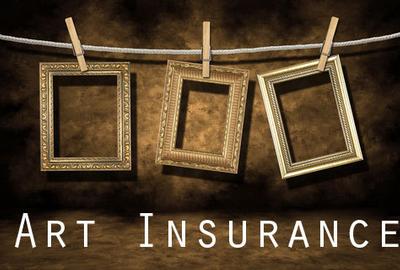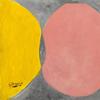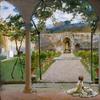The Uncensored and Unflinching George Grosz
- March 25, 2014 11:56

In times of turbulence and upheaval, art is used as a vehicle to expose unrest or the gruesome underbelly of the events. George Grosz was a German artist caught in the between war and the rise of the Nazi party. By using satire, Grosz expressed his politics and general pessimism towards modern society. Characters are twisted exaggerations and each scene is rich in iniquity.
While he is known now for his deeply political works, Grosz was not always political. Born to a lower middle class family in a small town in Pomerania, Grosz could often be found reading trashy novels, satire magazines rich in caricatures, and other escapist works.
These magazines and cheap books would become the foundation of his style. Melodramatic gestures conveying simple truths, sensationalism, and realism fused together. Using this as his base, George Grosz created a unique and recognizable style. Mean lines slash against the page and classic rules of drawing were broken and cobbled back together.
In 1914, George Grosz joined his peers in enlisting for service to fight in World War I. He was ultimately deemed unfit for service, but this experience changed his outlook. Critical of war and German culture, Grosz began to draw reflecting this new passion. His subjects became corrupt criminals, violence soaked policemen, and beaten oppressed. This was a society that was immersed in all the worst qualities of humanity. His new found antinationalism prompted Grosz to showcase this uncensored and unflinching cynical view of modern society.
With this new style came a new appreciation for Dada. Dada’s fierce nature and fondness for ruffling feathers made the movement a natural fit for Grosz. In 1920, Grosz joined Hausmann and Heartfield in organizing an international Dada exhibition. The Dada-Messe exposed Berlin to the movement. This faire discredited the idea that art was patriotic and showed a number of procommunist and nihilist works.
Gott mit Uns was a collection that Grosz chose to show at the Dada-Messe. This portfolio was a satire of the German military. The title of the collection was taken from the insignia inscribed on soldier’s belt buckles. The German officers were shown as overfed simpletons who loved brutality and abuse of power. One piece shows a decomposing body on a river bank and a police officer enjoying a cigarette. Another piece has a profiteer dining on a fine meal as protesters are beaten. Grosz captioned these drawing in three languages, French, English and German. These captions were not necessarily direct translations, but another way to further his satire. Gott mit Uns, or God with Us, became in English God for Us.
This did not please the German military. George Grosz and his publisher were fined for slander and all copies were confiscated by the army. This was the first of three trails that Grosz would face.
As the Nazi regime came to power, Grosz looked for a way out of Germany. America was a dream of escape. Before Hitler secured his dictatorship, Grosz fled and became an American citizen in 1933. Grosz died upon his return to Berlin in 1959.
















100x100_c.jpg)




